Fun fact: Bees don’t just visit flowers randomly—they actually choose flowers in ways that balance their intake of protein, fats, and carbohydrates. That’s nature’s version of “macro counting.”
You know all the diet noise—keto, intermittent fasting, vegan, high-protein shakes, “detoxes.” Meanwhile, bees are quietly getting it right. The recent study “For bees, diet isn’t one-size-fits-all” (Northwestern University, published in Proceedings of the Royal Society B: Biological Sciences) shows that wild bumblebees spend years picking flowers to balance their intake of protein, fats, and carbohydrates. Follow the Bees isn’t just a catchy title; it may well be the smartest life advice we’ve ignored for too long.
Why should we care? Because if creatures with a brain the size of a sesame seed can get their diet mostly right without apps, newsletters, or diet gurus, maybe we’ve over-complicated what health should look like.
Recent Bees Research: What’s New (2025)
Here are the fresh findings that reinforce (and complicate) the bees-as-role-models idea:
For bees, diet isn’t one-size-fits-all
A long-term field study of wild bumblebees in the Colorado Rockies showed that different species of bees (with different body sizes and tongue lengths) prefer different pollens. Large bees with longer tongues tend to choose pollen high in protein; smaller bees or those with shorter tongues go for pollen richer in sugar (carbs) and fats. The study also found that as the season changes, the kinds of flowers available change in macronutrient content, and bees adjust what they collect and eat accordingly.
Balance is Key for Nurse Honeybees’ Diets
Honeybees in brood care roles (“nurse” bees) need certain amounts of protein and lipids. A study by the United States Department of Agriculture (USDA) and Texas A&M University found nurse bees prefer diets with about 30% protein and 20% lipids. When given a choice between imbalanced diets, the bees regulated their intake to try to hit a ratio that supports growth, immune function, and general health.
What Bees Want Isn’t Always What Helps Them Best
Another study from Penn State shows that even with diet choices, bees sometimes pick diets that are not ideal for their overall health. For example, over-eating protein pollen when it’s available, or avoiding lipid-rich diets even though lipids are essential. The result? Less than optimal growth, fewer eggs, or problems in fitness metrics.
Gut Microbiome & Immune Effects from Pollen Variety
A recent study in Scientific Reports looked at how different pollen sources affect honeybees’ gut microbiomes and immune-related proteins. What the researchers found is that pollen from different plant families significantly changes the abundance of core microbiota and immune markers, even if the total protein content stays similar. This suggests diet variety (in terms of plant species) does more than just feed—it shapes the internal health system.
Supplementing When Nature Fails
With habitat loss and fewer wildflowers, bees are increasingly relying on artificial or commercial pollen substitutes. A new study from Oxford and partners engineered yeast to produce six essential sterols (key lipids) found in natural pollen. Colonies fed this improved diet showed up to 15-fold increases in brood production compared to those on standard diets. So when natural variety drops, smart supplementation can help—but it’s no substitute for diversity.
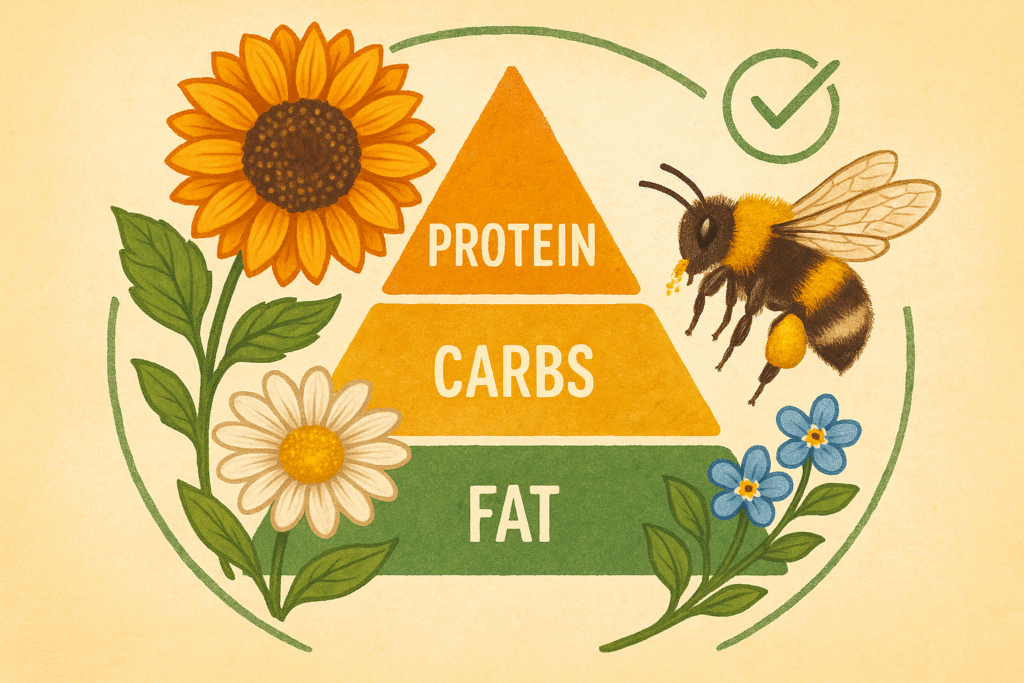
The Psychology of Diet Choices
Humans share a lot in common with bees in this area—when it comes to desire vs. what’s healthy, we often mess up. Here’s how:
Flavour Bias vs. Nutrient Need: Just like preying on protein when it seems available (bees over-consume protein pollen), humans often chase sugary, rich, or fried foods even if they harm long-term health.
Availability Shapes Habit: Bees collect what’s around. If only certain flowers bloom (or are planted), their diets suffer. Humans, too, are shaped by what foods are available—fast food, processed items, sugar, and refined carbs are everywhere.
Misleading Indicators: A shiny package or “high protein” label doesn’t always mean balanced nutrition. Bees don’t have brands or marketing; humans do. That adds complexity.
Collective Wisdom vs. Individual Pressure: In bees, colonies share responsibility: some individuals take more protein, others more fats/carbs depending on needs. Humans often feel burdened by individual diet perfection.
The Business of Food Confusion
Marketing Over Science: Many food products highlight “protein-rich,” “low-fat,” or “zero sugar,” but often ignore side effects (too much protein, synthetic additives, etc.). Very few products advertise “balanced nutrients from a variety of sources,” though that’s exactly what bees instinctively aim for.
Diet Industries Profit from Confusion: More diets, more books, more subscriptions. If people were simply eating balanced meals from natural or minimally processed sources, many products would lose value.
Supplement vs Whole Foods Debate: The bee studies show supplements (or artificial diets) can help when natural options are limited—but only if they replicate the variety and balance found in nature. Commercial mixes often miss micronutrients, sterols, or correct lipid profiles.
What Modern Nutrition Could Learn from Traditional Eating
Seasonality Matters: Traditional diets often change with seasons, incorporating fresh produce, pulses, and leafy greens when available. This mirrors how bees shift their pollen and flower choices across spring to late summer in the Rockies.
Plant Diversity: The more types of plants you eat from, the better your range of nutrients. Herbal, leafy, root vegetables, legumes—all matter. The same as diverse flower species matter to pollinators.
Mindful Eating Over Strict Rules: Instead of rigid diets with rules like “no carbs after 6 pm,” a flexible, balanced approach (protein + fat + carbs in proportion) may serve better, especially long term.
Community & Environment: Growing or supporting local produce, pollinator-friendly gardens, wildflowers. A healthy food environment supports healthier choices (for bees and humans alike).
Conclusion
Bees are doing more than just pollinating flowers—they’re teaching us how to eat with instinct, balance, and strategy. Recent research shows that their dietary choices aren’t random, but calibrated: matching body size, colony needs, seasonal availability, and even gut health. Humans, with all our tech, still struggle to match what comes naturally to bees.
So what should we do? First, slow down. Eat varied food, not obsess over single macronutrients. Second, support biodiversity—in your garden, in your community. Third, when nature fails (because wildflowers are dwindling, say), demand smarter supplements or food sources that replicate what nature provides.
Author’s Note
I’m not prescribing recipes; I’m challenging how much we overcomplicate something as basic as eating. If bees, with brains no bigger than a grain of rice, can navigate dietary balance, maybe we can drop some of the noise and get back to basics.
G.C., Ecosociosphere contributor.
References and Further Reading
- For bees, diet isn’t one-size-fits-all — Northwestern University, study in Proceedings of the Royal Society B: Biological Sciences. Northwestern Now
- Balance is Key for Nurse Honey Bees’ Diets — USDA & Texas A&M University study in iScience. Tellus
- What Bumble Bees Choose vs What They Need — Penn State research in Journal of Insect Physiology. Penn State
- Gut Microbiome and Pollen Diversity Effects — Scientific Reports. Nature
- Scientists found the missing nutrients bees need — University of Oxford et al., in Nature. ScienceDaily
- Wild bees visit different flowers to balance diet, study shows
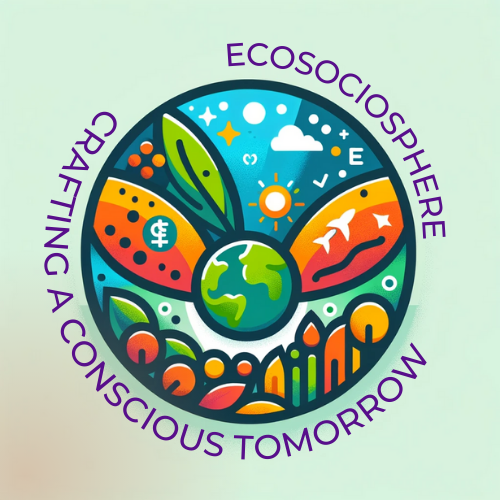
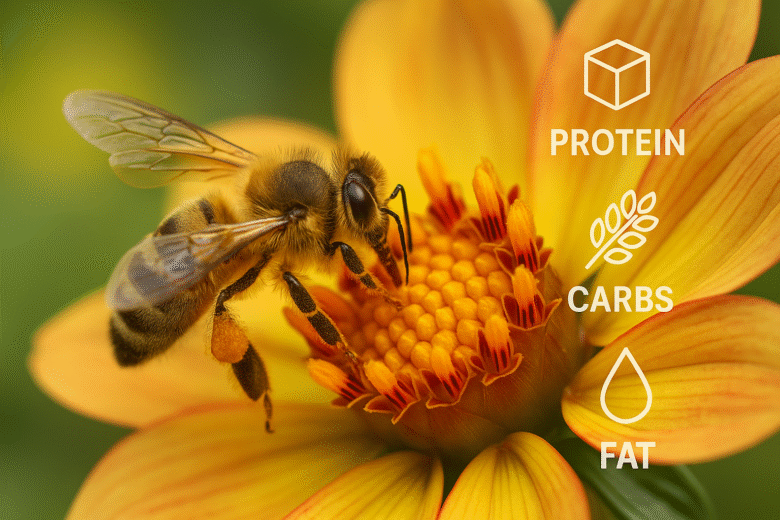
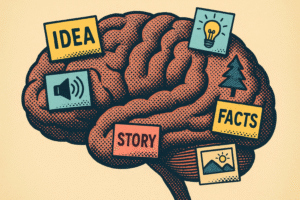
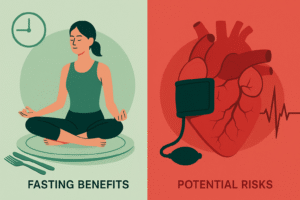

Comments
you are actually a good webmaster. The web site loading speed is incredible. It sort of feels that you are doing any distinctive trick. In addition, The contents are masterpiece. you’ve performed a wonderful task in this subject!